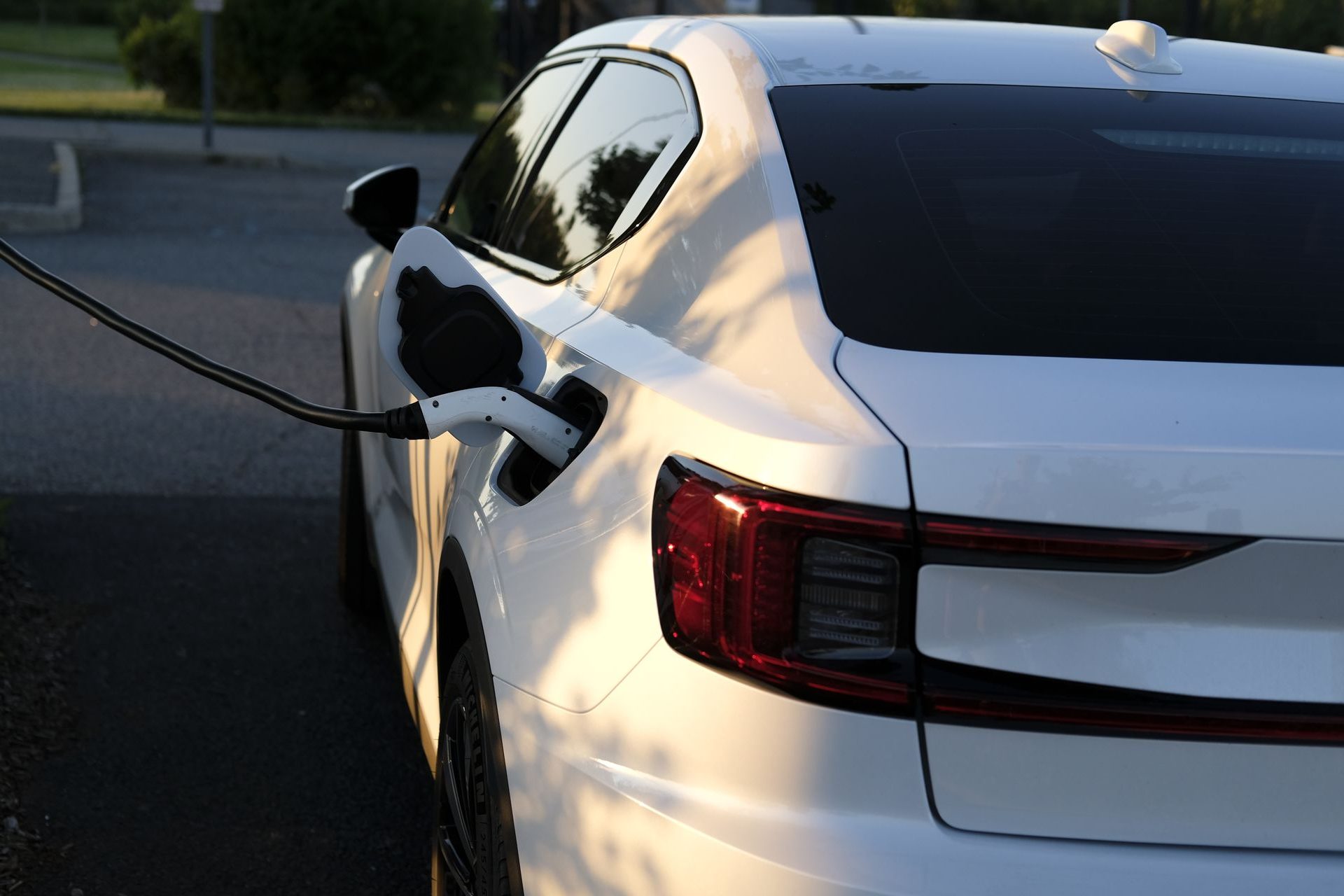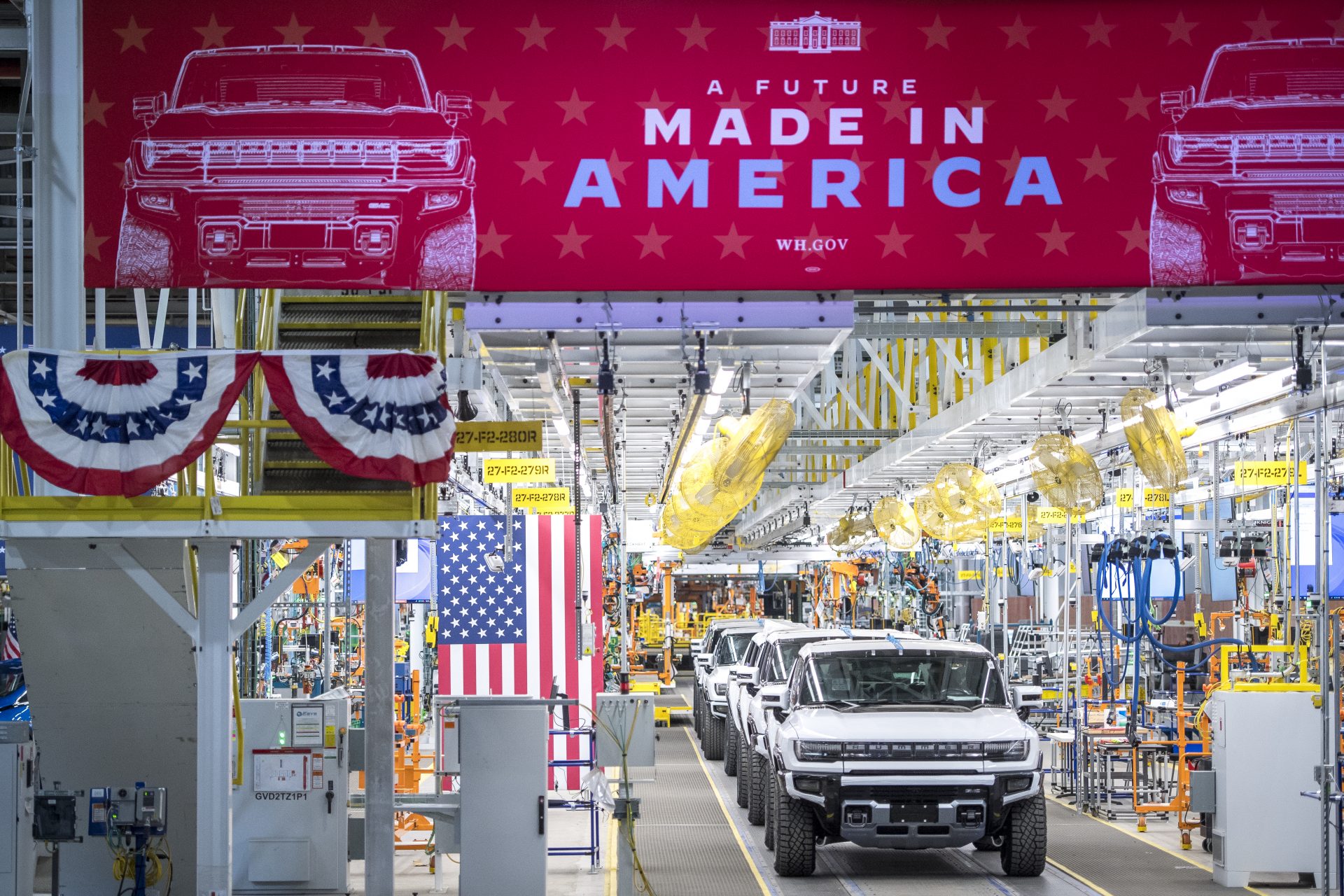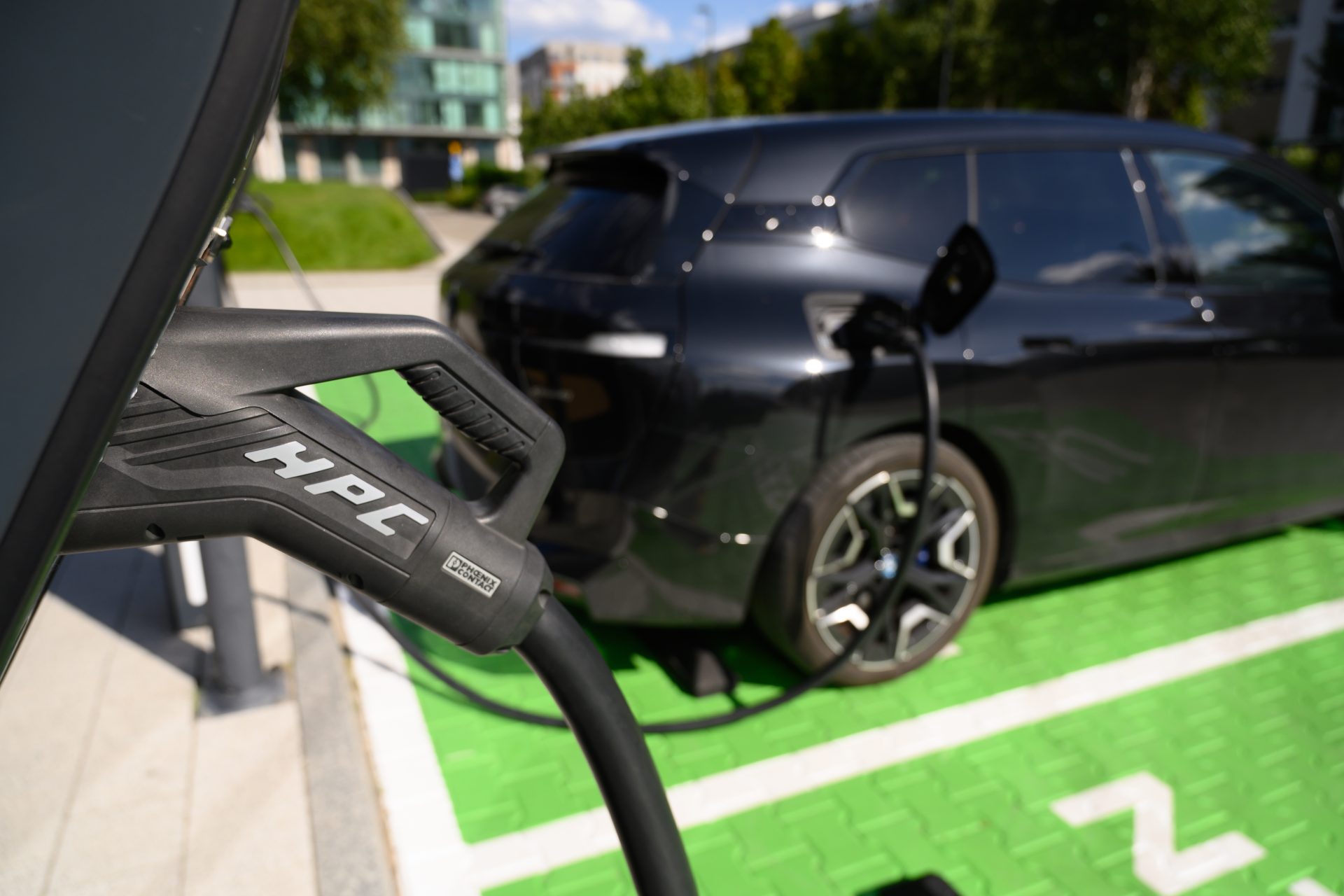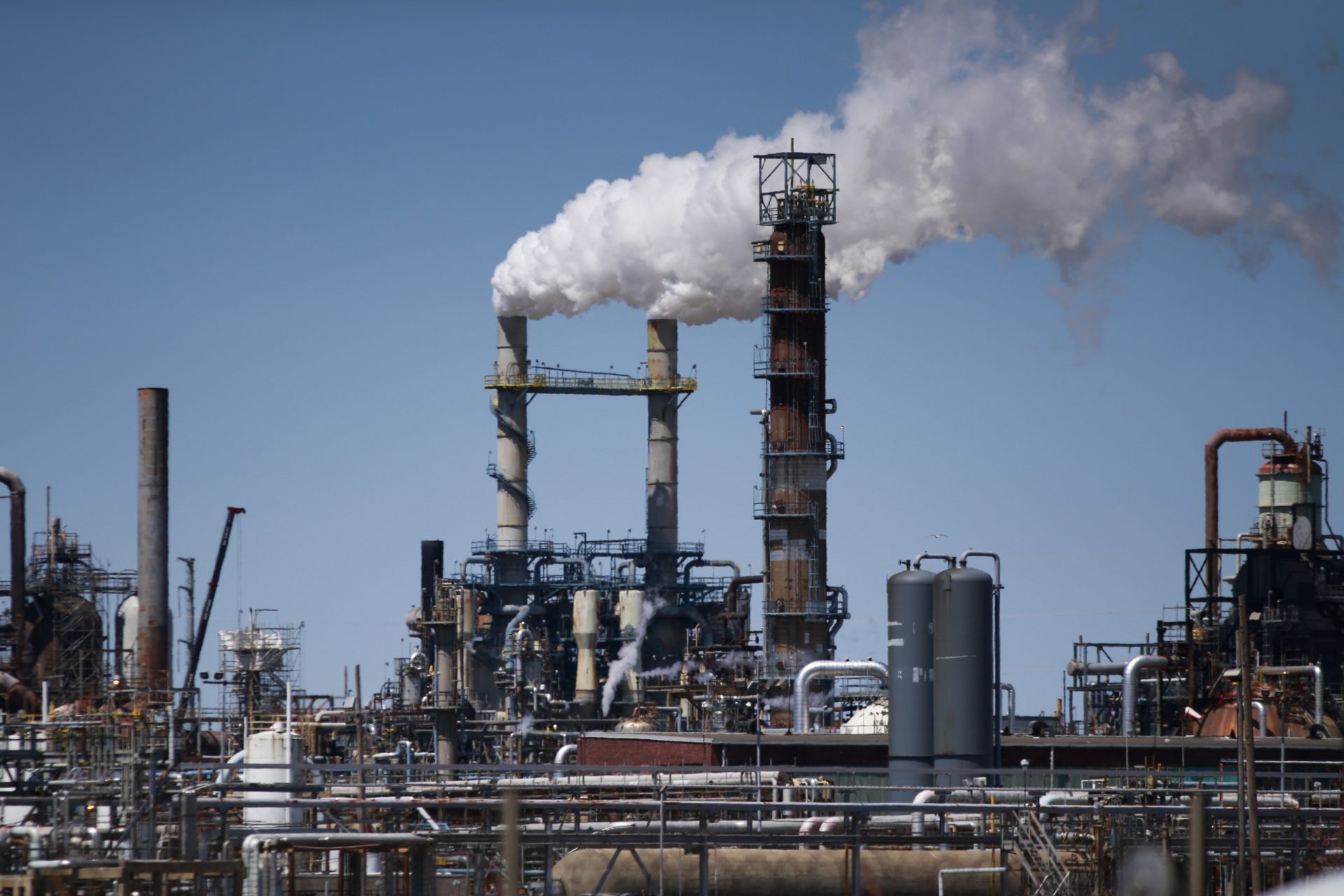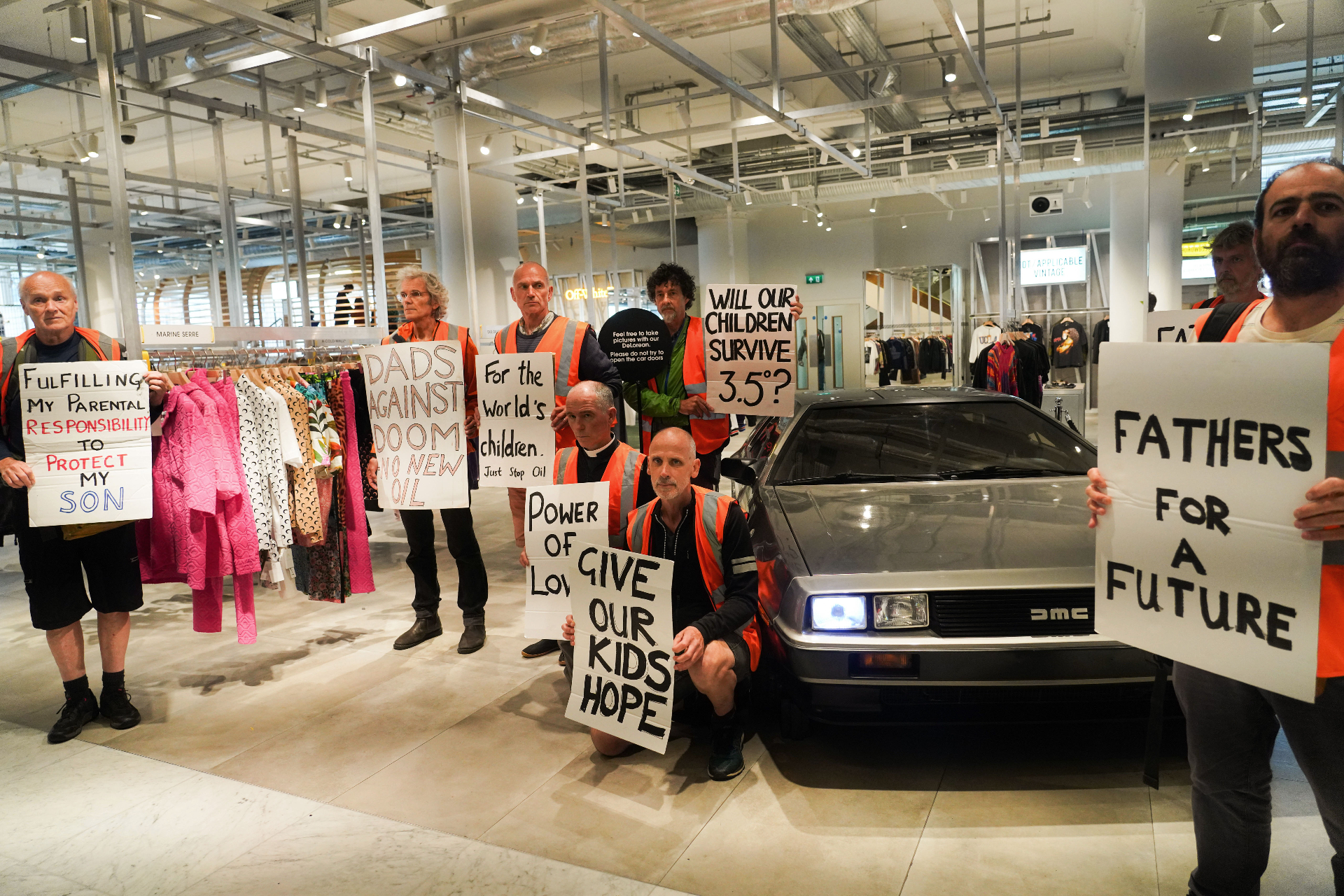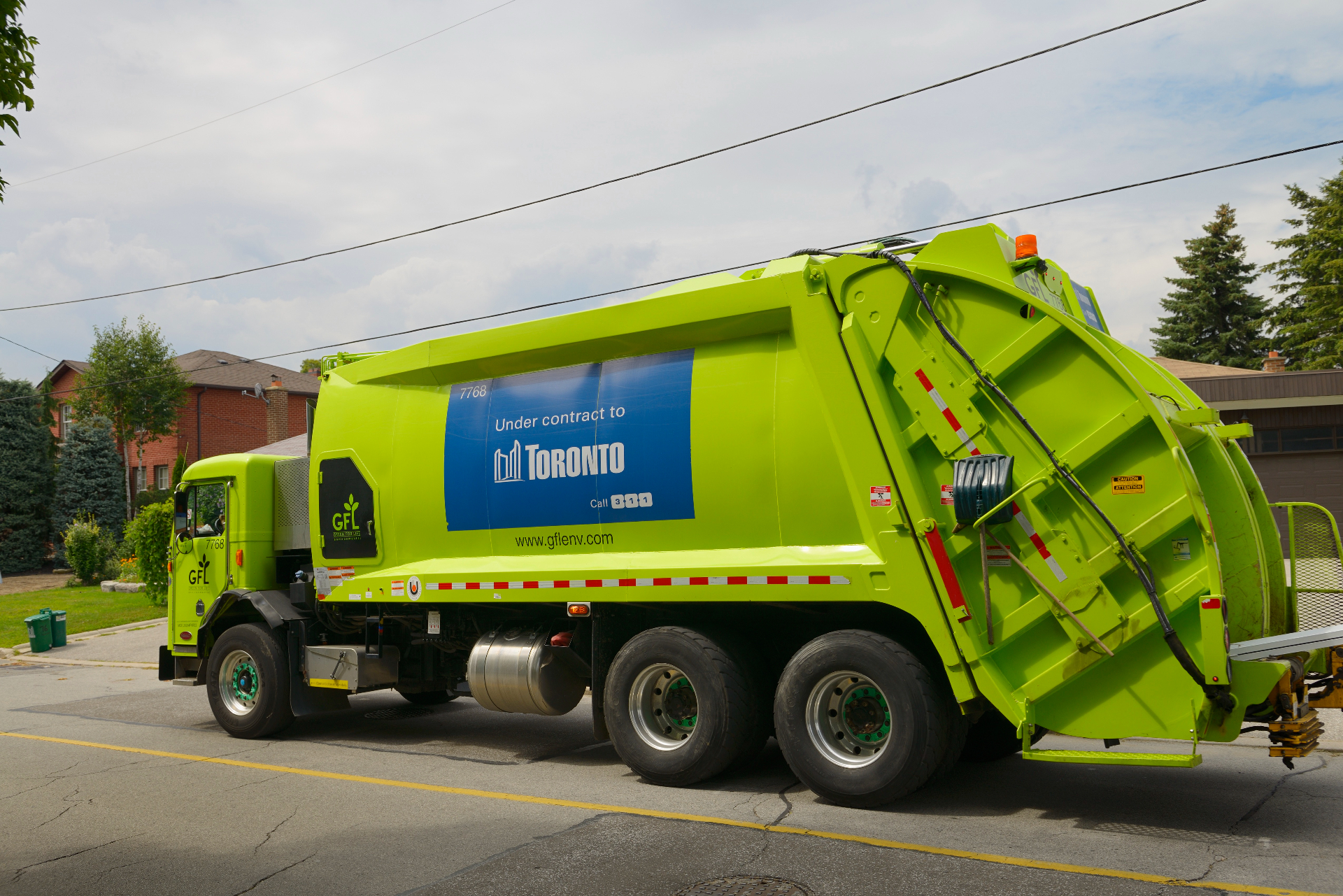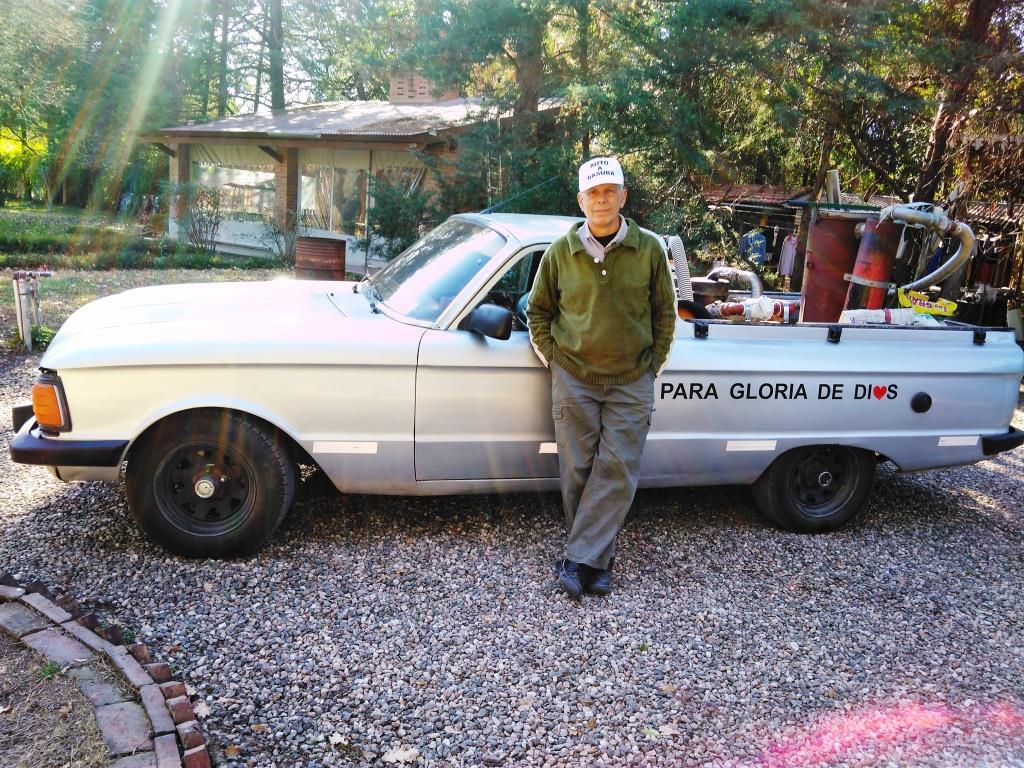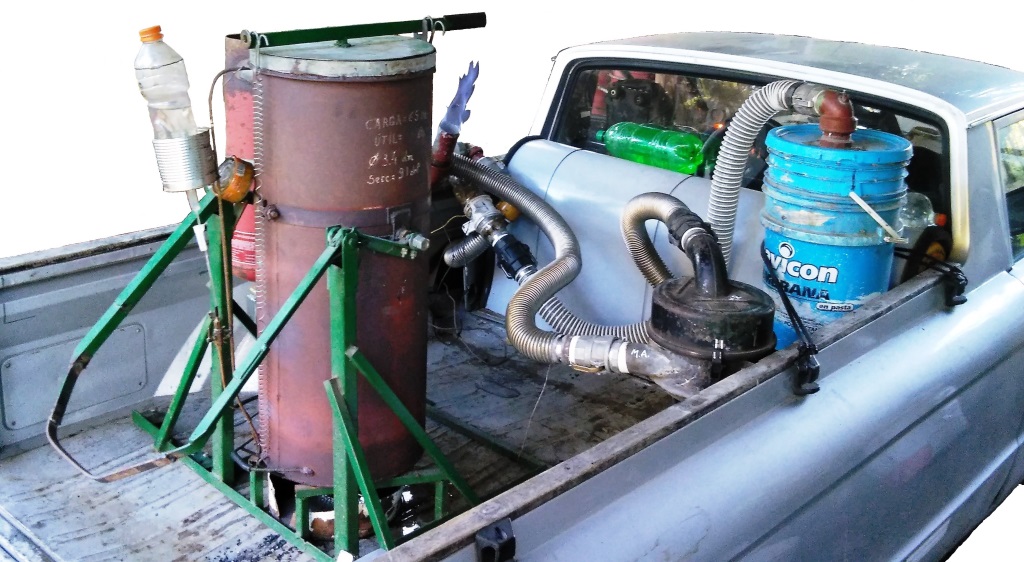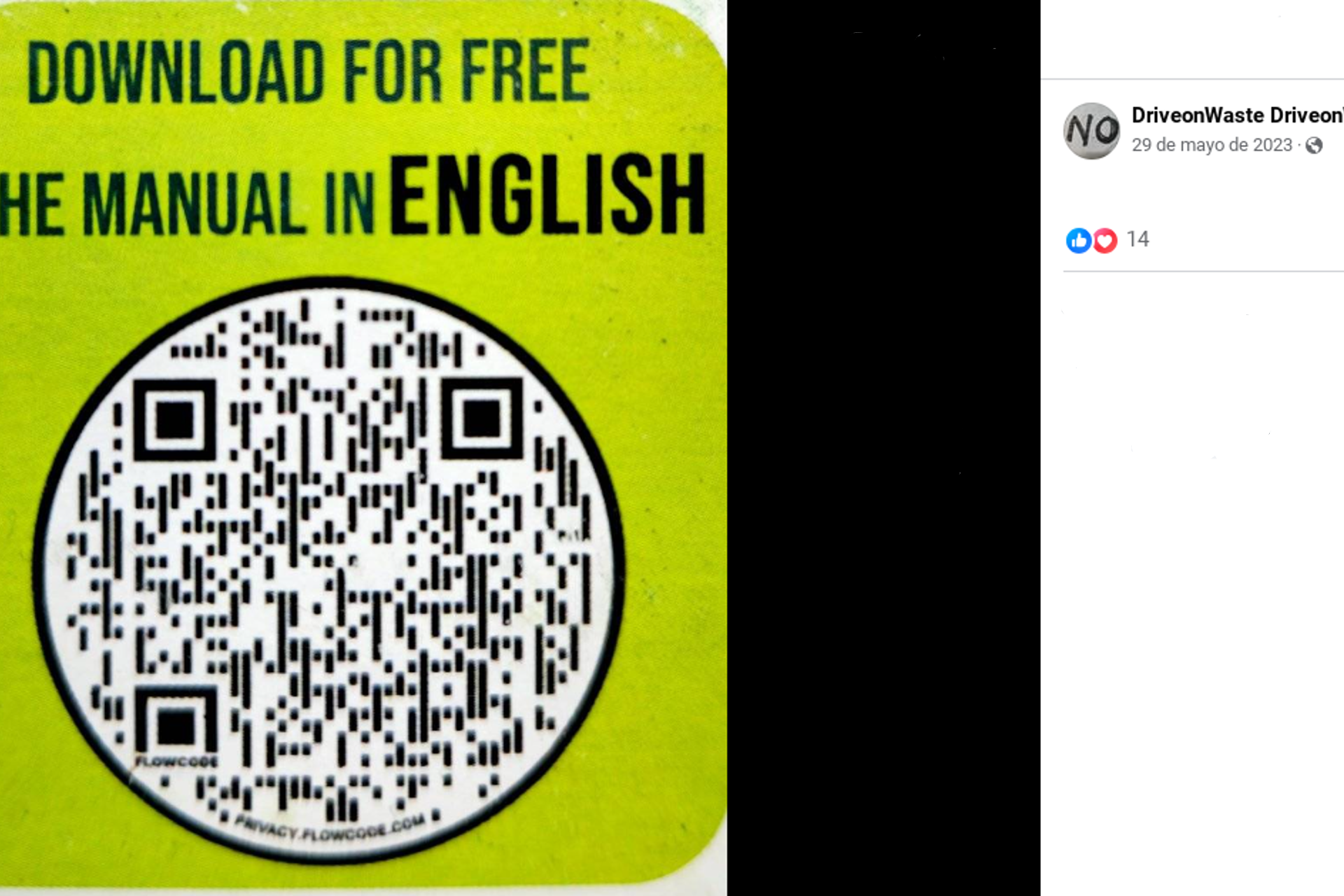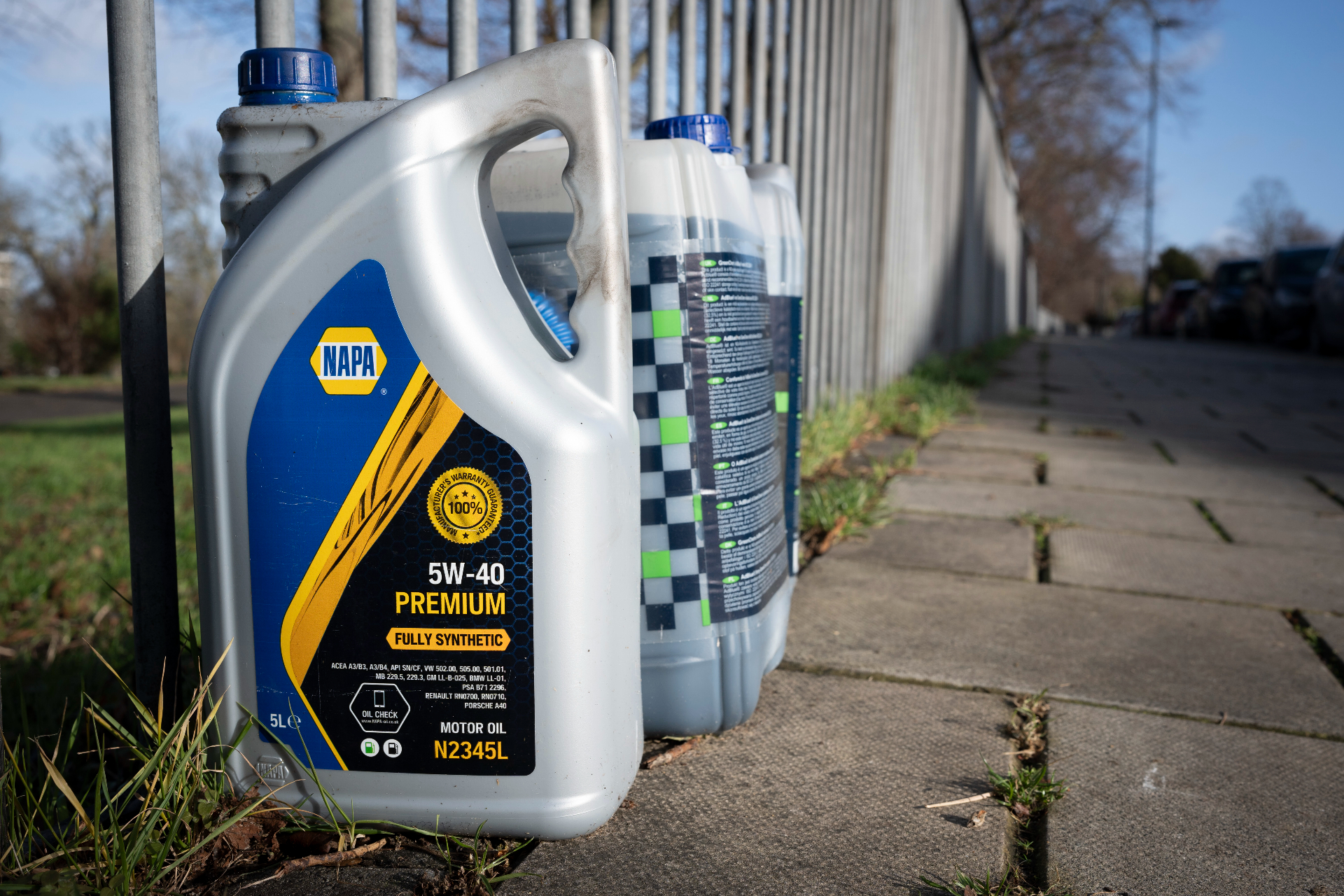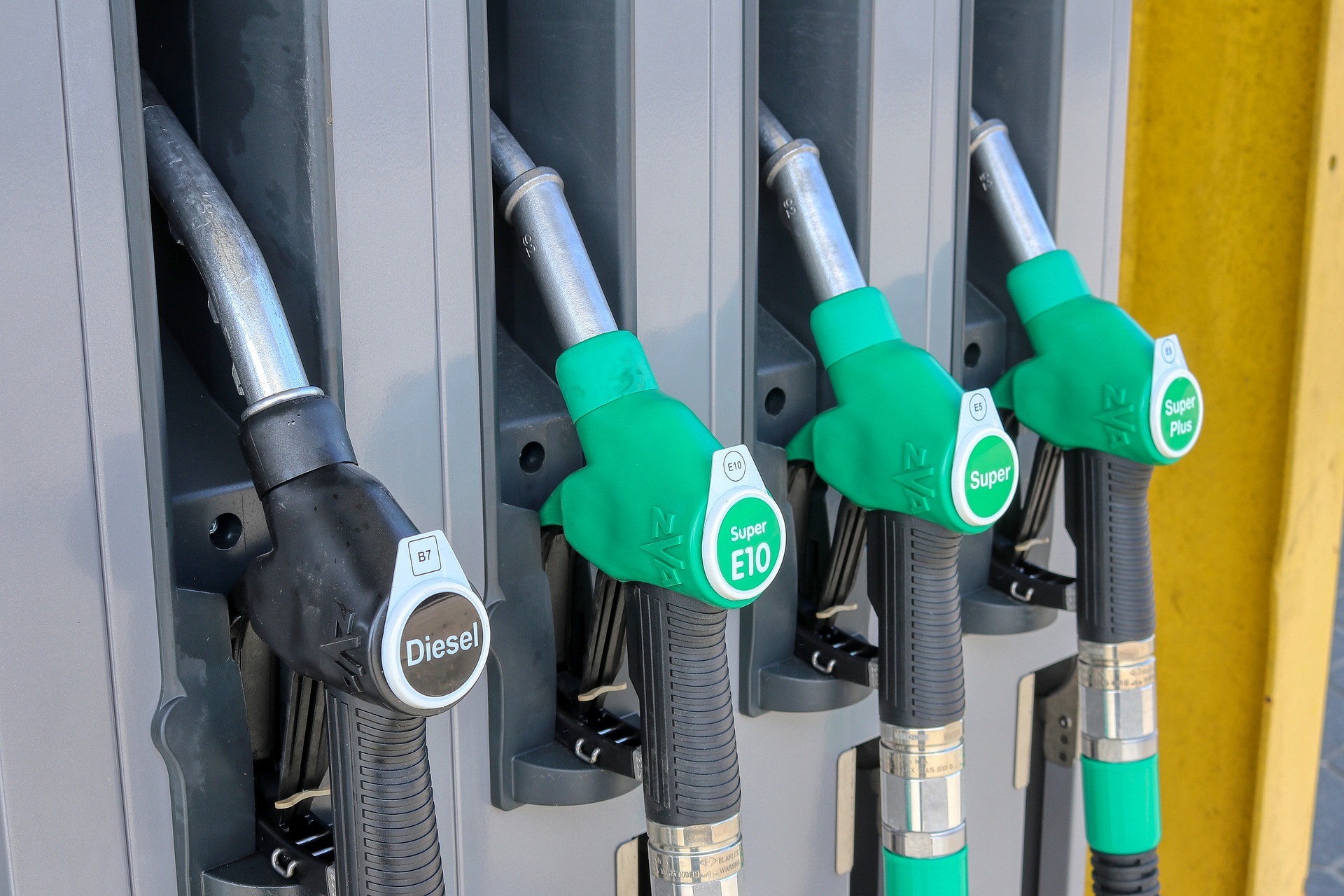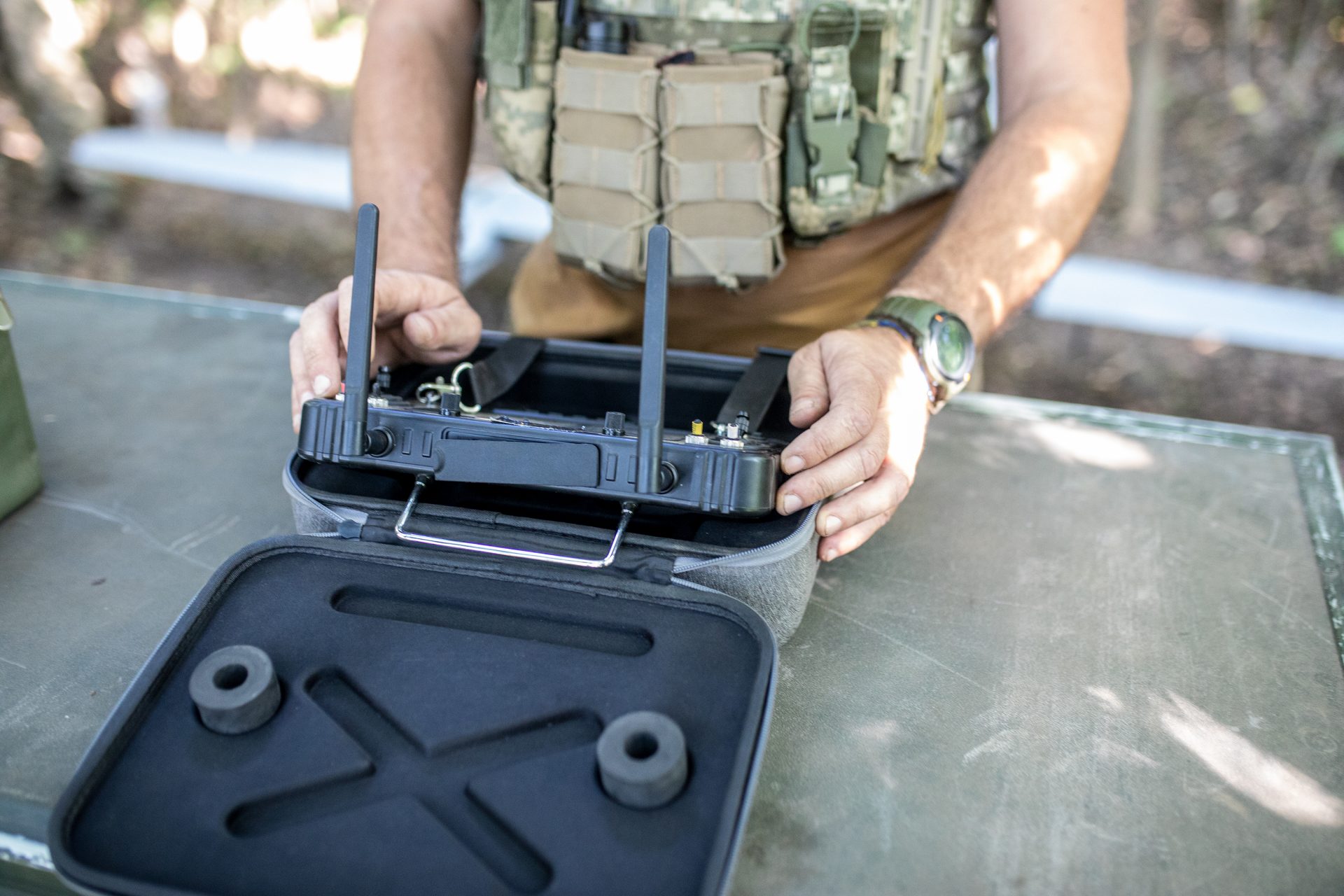EVs are a hot topic now, but could alternative fuels also help reduce emissions?
Electric vehicles have been a hot topic of discussion and the central target of some of the Biden Administration’s most relevant environmental policies.
The President has aimed at a future where EVs are produced in the US and highly used by its citizens through two regulations targeting new gas cars and Chinese EVs.
However, many Americans might have reservations about these vehicles and concerns about their autonomy, the difficulties of charging them, and the pressure on the power grid.
According to the US Environmental Protection Agency, replacing fossil fuels with alternatives has the potential to reduce some undesirable environmental impacts.
The added benefit is that it does not necessarily encourage drivers to switch their cars, and companies can produce it with discarded material from other industries or from our homes.
For example, garbage can be used to produce an alternative fuel. According to How Stuff Works, some companies do this by creating a gas called syngas that turns into fuel.
According to the website, which cited the process of renewable energy company Coskata, the first step is to sort the waste. Not all trash can produce syngas: glass and metal are rejected.
Once the garbage is selected, it goes into a gasifier, which applies heat and pressure to decompose the elements into carbon monoxide and hydrogen gas.
That gas can already power some vehicles. Examples include Toronto's garbage trucks or the Drive on Waste project by Argentinian engineer Eddy Ramos.
According to his website, Ramos drove 6,000 miles with his 1983 Ford Falcon truck using mostly syngas produced by charcoaled food waste.
Photo: Drive on Waste / driveonwaste.com
He built the gasifier and adapted his vehicle using common materials and a clever design that allowed his truck to switch back to gasoline when needed.
Photo: Drive on Waste / driveonwaste.com
His design manual is available for download on his website. Still, he warns that building and operating a DIY gasifier requires some engineering knowledge.
Photo: Facebook / Drive on Waste
That is why Coskata does not stop the process after creating syngas. It makes a liquid fuel that anyone can use without building a gasifier.
The liquid fuel is ethanol, which is widely used in standard vehicles and mixed with gas. The company feeds syngas to bacteria, which then turn it into alcohol.
The process is already used in several industries, so changing to syngas ethanol could be easy for the automobile industry.
More for you
Top Stories



